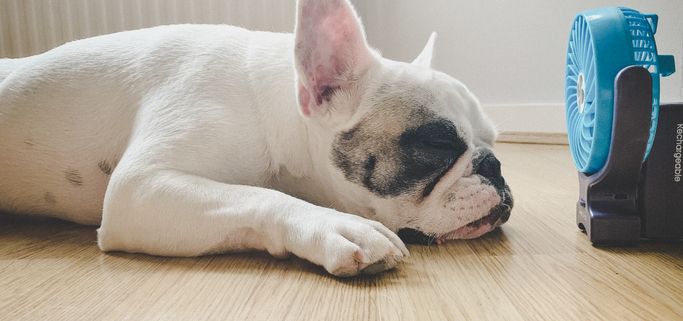The Effects of Humidity on Dogs: Understanding the Impact of Weather on Canine Health
As pet owners, we must be attentive to the various environmental factors that can affect our furry companions’ well-being, and one crucial element is humidity. Dogs, like humans, are sensitive to changes in weather, and high humidity levels can significantly impact their health. Humidity refers to the amount of moisture in the air, and excessive humidity can make it challenging for dogs to regulate their body temperature effectively. Certain dog breeds, such as brachycephalic breeds (short-nosed breeds) and those with thick coats, are particularly susceptible to the adverse effects of high humidity.
Therefore, dog owners must know the signs of heat-related stress and take necessary precautions to keep their pets safe during humid conditions.
When the humidity levels rise, dogs may struggle to cool down efficiently, as they primarily regulate their body temperature through panting. In high humidity, panting becomes less effective because the moisture-saturated air hinders the evaporation of saliva and respiratory secretions. Consequently, dogs are at a higher risk of heatstroke, dehydration, and other heat-related illnesses. It is crucial to protect our canine friends during humid weather, provide them with ample shade, access to cool water, and limit strenuous outdoor activities during peak humidity hours.
Moreover, dog owners should be familiar with the signs of heat-related distress in their pets. Heavy panting, excessive drooling, lethargy, vomiting, and a bright red tongue indicate that a dog may suffer from heat stress. If any of these symptoms are observed, it is essential to immediately move the dog to a cooler area, offer water, and seek veterinary attention if the symptoms persist. With proper awareness and proactive care, we can ensure our dogs stay safe and comfortable even in humid weather conditions.



